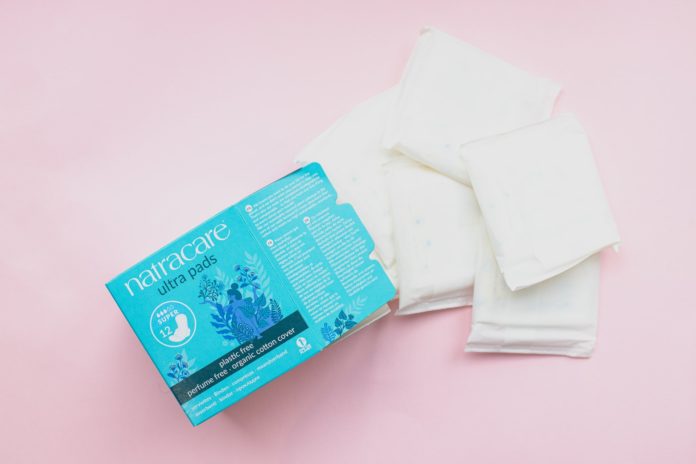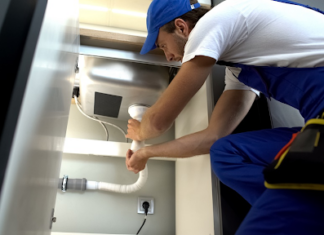More than five million Australians suffer from incontinence, from young children to older adults. About three in every ten men and six in every ten women are affected by it in some way. It is also more common for women as they grow older.
However, incontinence can be managed, treated, or cured. One of the ways it can be managed is with the use of disposable incontinence pads.
Before continuing, it is best to define incontinence first. Incontinence is a condition that affects the muscles and nerves that help the bladder hold urine. It can just be a small leak, or you can totally lose control of your bladder.
What are incontinence pads?
These are super absorbent pads that protect the mattress from urine damage. It is placed below or above the linen, depending on the user’s preference. The pad will absorb the leaking liquid. It is usually used in long-term care homes to protect the mattress and furniture. However, it is also used at home by people with leaking problems.
How do they work?
They work by absorbing moisture. Because of technological advancements, these pads are now customisable. In addition, there are now thin pads and thicker pads for those who need extra absorption. Finally, it has an acquisition layer that allows the liquid to seep to the core, where it is stored.
Do they need to be changed often?
The frequency at which you need to change the pad would depend on the severity of the incontinence. Most pads can last for 3 to 4 hours. So, it is safe to say that you need to change them 4 to 6 times a day.
Benefits of incontinence pads
These pads can be used to protect the bed, bedding, and other furniture to prevent it from getting damaged. In addition, these pads prevent the wetness from spreading.
It is also useful for protecting car seats, wheelchairs, or other places the patient might sit or lie. So, if you are planning on a car ride, you can put a pad on the car seat to minimise hassles. Such as changing car seats.
The best thing about these pads is that they prevent bad odour. So along with the liquid, they absorb all the bad odours so you won’t have to deal with it.
Can incontinence pads cause itching?
Improper use of the pads can sometimes cause itching. It happens when the skin is exposed to bacteria from the urine and stool. The areas more vulnerable to itching are the thighs and genital region.
To minimise itching, it is advised that the pads are regularly changed. It is also advised that patients avoid thick ointments and not use abrasive soaps when cleaning.
How to choose the right pad?
It is very easy to find incontinence pads nowadays. However, the difficult part is choosing the right pad.
To find the right pad, you have to know what you need. Do you need it for light use, or do you need a heavy-duty pad? Do you want pads with gel, or do you like the cotton ones? Are you particular about odour absorption?
Once you answer these questions, you can start looking for the right disposable incontinence pads. There are plenty of brands out there, so finding one that will fit your needs will not be difficult.









